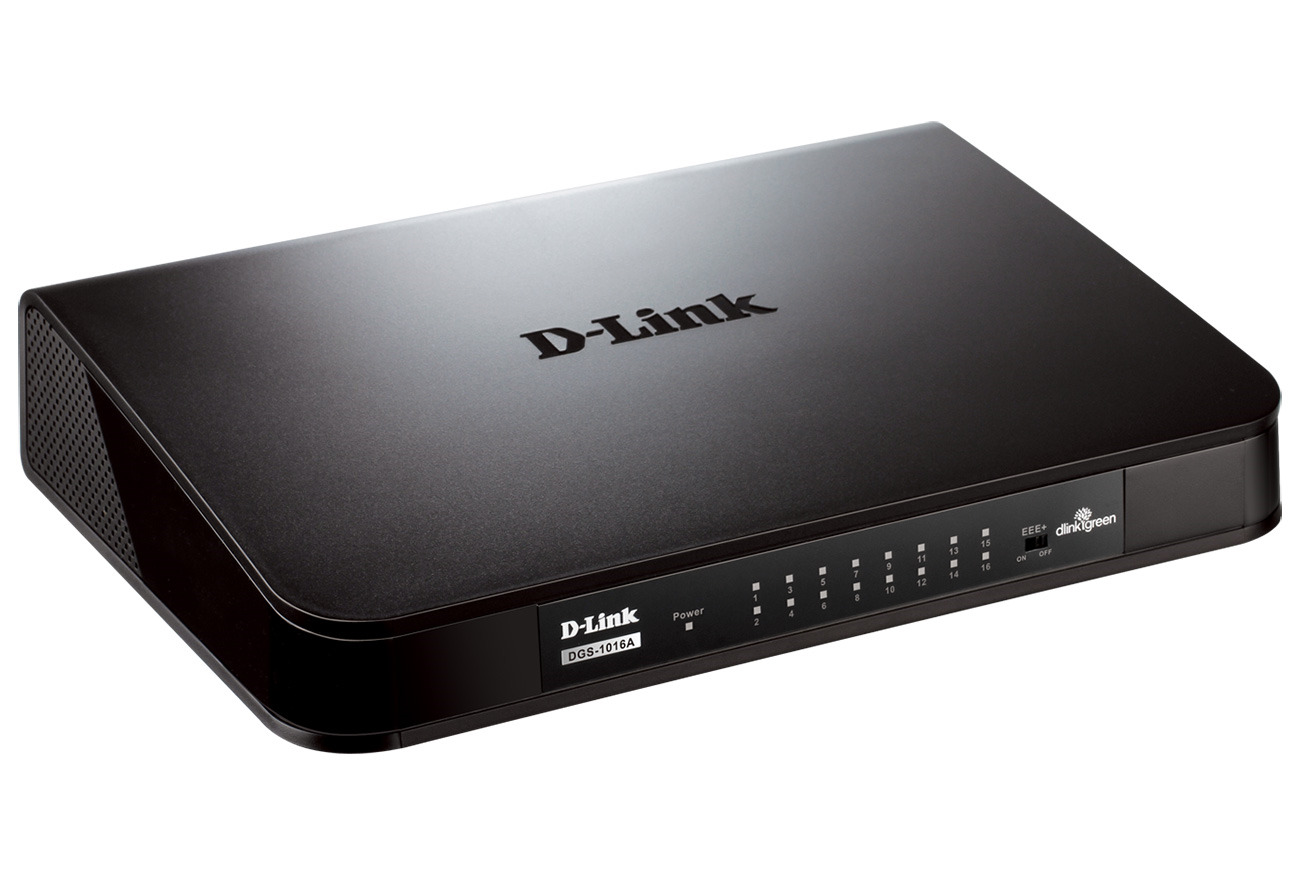

Satellite products at the time were much smaller in size, however, and as an example, a single orbit product from the MOS-1 satellite was 512 Bytes, in comparison to modern satellites, which can be up to several GB in size.įor instance, the processing time for one standard SEASAT SAR scene was 24 hours versus today's few minutes to obtain any specific scene.
Link earthnet tv#
In the early days, only commercial equipment was available, such as analogue Ampex tape recorders used by TV industry and computers with relatively low power and little memory size in comparison to current standards, resulting in high costs and poor performance in terms of speed and quality. The major challenge was to ensure and manage the financial and technical resources needed to overcome the lack of adequate technology. What was the major challenge that you had to overcome while managing Earthnet?


Meet Mario Albani - Head of Earthnet Operations and Development section from 1980 until 1990, and of Earth Observation Operations division from 1991 till 2005 Mario Albani Lastly, since 2016 Earthnet also supports the International Charter on Space and Major Disasters.īut who were some of the main players involved in its creation and in that of the TPM Programme? Earthnet has funded international projects such as Dragon and Tiger, which today still respectively facilitate cooperation with China and African countries. It has also supported cooperation ensuring a constant international dialogue in all major international EO initiatives and bodies, such as CEOS (Committee on Earth Observation Satellites) and GEO (Group on Earth Observations). Throughout the years, the Earthnet programme progressively evolved, facilitating the shaping of the global EO context. These PIs were the pioneers of the operational applications that we see today in many EO-based services worldwide.Īll of these efforts made ESA well-prepared for ERS – ESA's first environmental monitoring programme in Earth observation, which consisted of two satellites launched in 19. In order to help develop the user community, Principal Investigators (PIs) led teams of scientists that studied how best to use all these data, in various applications that could be of good use – from agriculture, climate, sea studies, to desertification, etc. The facilities were coordinated by ESA's ESRIN centre, which provided the first interface with data users. With interfaces to many national and international Third Party Missions (TPMs), a "National Point of Contact" was thus created, which served as an interface with each country in the programme and the potential users interested in the data.

It also involved the production of data processing chains, based on advanced technology solutions, installed worldwide, mainly close to the antenna of the receiving stations.
Link earthnet archive#
This was a network for Earth, to stimulate global cooperation between space experts concerning activities aiming to acquire and share knowledge of our planet, for the benefit of all citizens in Europe and beyond.īack in the 1970s the Internet did not exist yet, therefore, ESA experts were faced with the enormous task of establishing a user community for all data acquired by satellites, with somewhat limited resources and infrastructure available.Īt a time that ESA did not yet have missions in operations, the Earthnet Programme served to develop an Earth Observation (EO) user community, comprising a network of international ground stations, PAFS (Processing and Archiving Facilities) and Integrated User Services to support the acquisitions and subsequent exploitation of the ERS satellites.Įarthnet thus also necessitated the creation of a huge decentralised archive of exclusive data, comprising various Landsat and National Oceanic and Atmospheric Administration (NOAA) missions, for the benefit of scientists at a global level. Shortly after ESA was established, Member States agreed on creating the Earthnet programme. Since 2016, Earthnet also supports the International Charter on Space and Major Disasters. Today, Earthnet provides access to data from Third Party Missions and it represents the cornerstone of Europe's Earth Observation international cooperation, responding to the always evolving global situation in the EO context. Initiated in 1976, ESA's Earthnet Programme provided the initial technical and operational means to access and exploit Earth Observation data, while launching and stimulating a scientific Earth Observation user community in Europe.


 0 kommentar(er)
0 kommentar(er)
